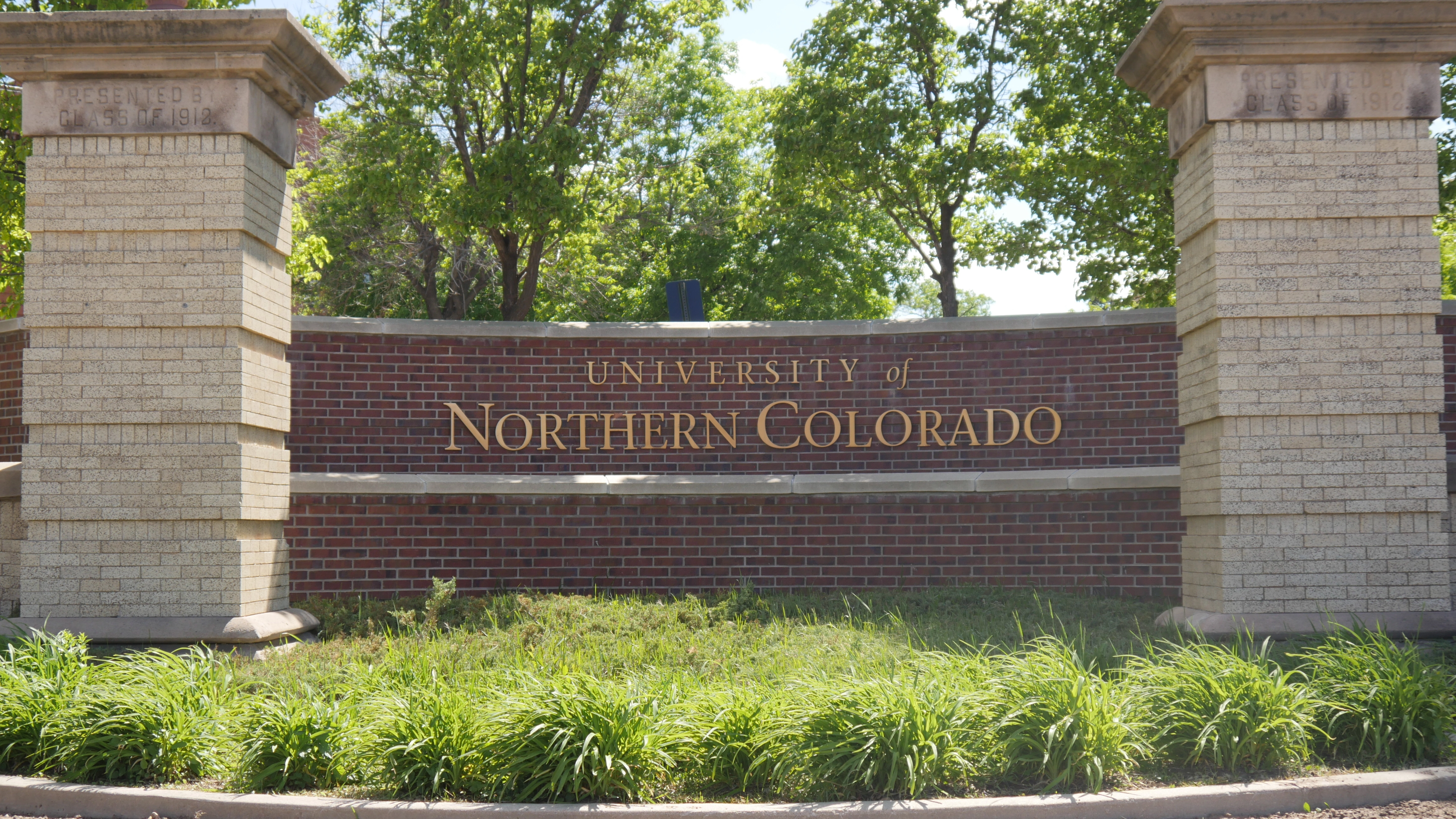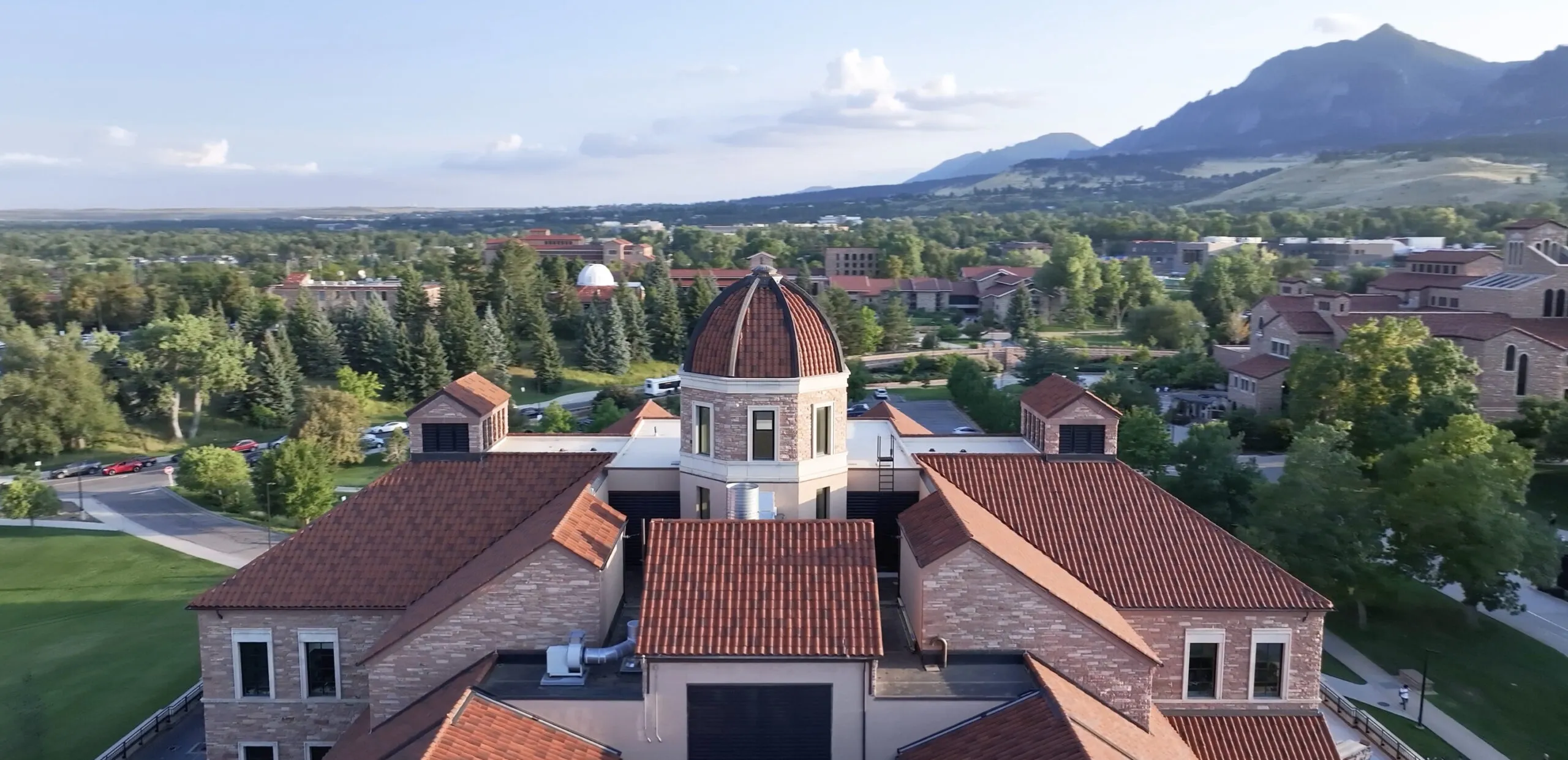Editorial: State colleges, universities face tough years ahead with falling enrollment
Even as vaccinations against COVID-19 pick up pace, and Colorado universities edge hesitantly toward full in-person learning, the effects of the pandemic on the state’s institutions of higher learning promise to last for years.
Lower enrollment in freshman classes in the fall of 2020 means revenue hits for area universities that will last at least four years, as smaller freshman classes mean smaller future classes for sophomore, junior and senior years.
Colorado State University’s fall 2020 freshman class numbered 5,540, down 11.9% from the prior year. Total enrollment stood at 27,835 in Fort Collins, down 3.6%.
At the University of Colorado Boulder, overall fall enrollment dropped to 34,975, down 1.6% from the prior year. But more disturbing is the smaller class at the freshman level, which dropped 11.1% to 6,326. A large number of students — 1,250 — deferred their fall 2020 enrollment to the spring or fall of 2021.
At the University of Northern Colorado in Greeley, the situation is even more bleak, with freshman enrollment in the fall of 2020 at 1,704, down 25.3% from the fall of 2019, according to the Fall Final Enrollment Profile published by the university.
Such declines are worrisome for university leaders because they compound already difficult financial realities. Some universities — including the University of Colorado Boulder — offer tuition guarantees, meaning that students will not experience a tuition hike during their tenure.
CU Boulder has proposed a 3% tuition increase for new students to help mitigate some of the leakage, but even if approved by the Board of Regents this summer, the university still faces uncertainty and financial difficulty. UNC, meanwhile, is considering a tuition increase of up to 7%.
Some administrators worry that an end to the pandemic might not mean a return to higher enrollment numbers, as students adapt to online learning or other, more-affordable options. Colorado has reduced funding for higher education for years, with the state now ranked near the bottom in terms of state funding per student. State funding for CU now amounts to less than 5% of CU’s budget, for example.
Gov. Jared Polis has proposed some increased funding for higher education — potentially restoring $493 million in cuts made last year as the state worked to balance its budget.
We urge the General Assembly to follow through in restoring those funds. Failure to do so will result in more tuition hikes and more layoffs.
But beyond the new budget year, Colorado must overhaul how it funds higher education to take some of the burden off of students. The current model is unsustainable and damages the institutions that drive our economy.
Even as vaccinations against COVID-19 pick up pace, and Colorado universities edge hesitantly toward full in-person learning, the effects of the pandemic on the state’s institutions of higher learning promise to last for years.
Lower enrollment in freshman classes in the fall of 2020 means revenue hits for area universities that will last at least four years, as smaller freshman classes mean smaller future classes for sophomore, junior and senior years.
Colorado State University’s fall 2020 freshman class numbered 5,540, down 11.9% from the prior year. Total enrollment stood at 27,835 in Fort Collins, down 3.6%.
At the University of Colorado Boulder, overall…



